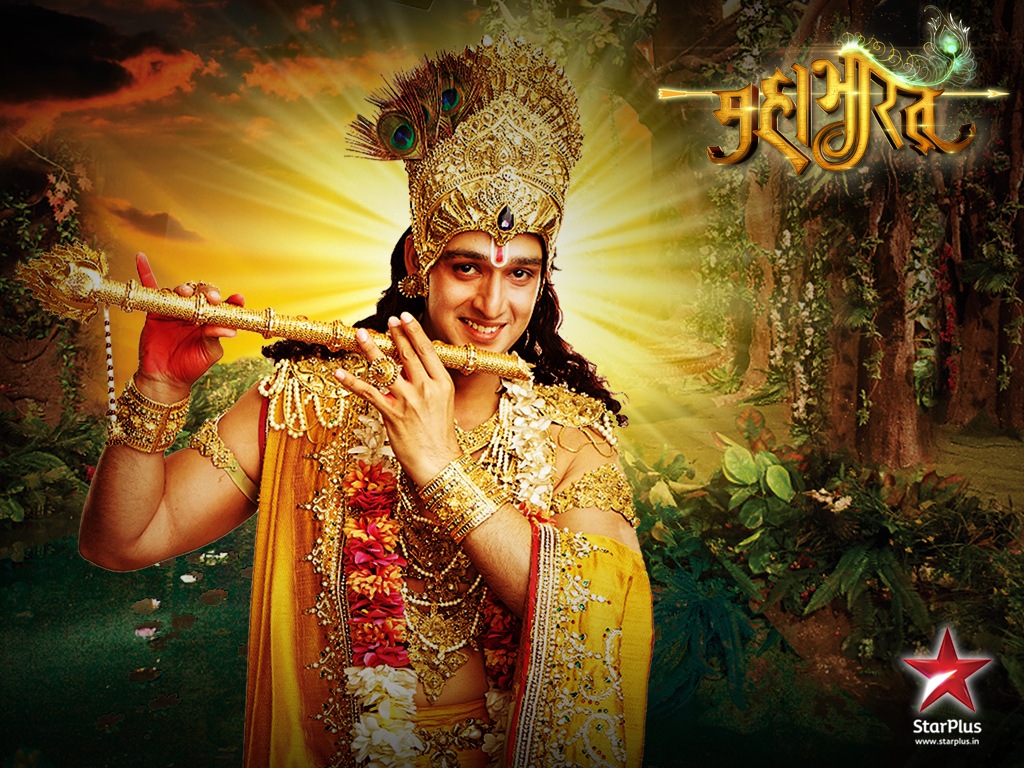
"Do not dare to touch that water, my dear child. "Ma tata sahasam karshirmama purva parigrahah prashnanuktva tu madreya pibasva ca harasva ca" As he was about to do so he heard a strong and clear voice of warning: So he descended to the waters edge and prepared to scoop up some refreshing water. His first instinct was to enjoy a cool drink himself, as long as he was already there. Nakula, after walking a short distance, located a beautiful spot, a crystal clear lake, surrounded by trees, flowers and birds. Yudhishthira suggested that Nakula go to the pond and fetch some Nakula did so and informed Yudhishthira that there was indeed a cluster of trees not too far off and that he could hear the cries of water cranes. Yudhishthira instructed Nakula to climb a tree nearby to locate any sources of water in the vicinity so that they could quench their thirst. Greater battles with their cousins lay ahead of them and yet they had not been able to help a brahmin even in such simple circumstances. The brothers sat down finally to rest under the cool shade of a large tree and naturally began to fret over the outcome of this relatively simple, uncomplicated task. Not only had the quest failed, they ended up hungry, thirsty, tired, angry and frustrated. While they soon caught sight of the stag, their attempts to stop the animal failed and more running and more huffmg and puffing ended in the tiring of the party. Therefore they proceeded forthwith fully armed in pursuit of the stag. The Pandavas believed that it was the duty of kshatriyas to provide any and all help and protection to those who practiced their dharma. The poor brahmin now wanted the Pandavas to pursue the fleeing animal and recover the sticks. The stag fled, struggling in vain to rid himself of this unwanted burden and the more he shook his head, the more firmly did the fire-sticks get wedged in his antlers. A passing stag happened to stop and rub his body on the trunk of this tree and, in the process, the sticks got entangled in the articulated horns of the animal.

He had, it seems, hung the fire-drilling sticks in a tree. One day one such brahmin, an agnihotri, came rushing to the Pandavas and begged for help. The churning action results in friction and heat at the support and any fibrous material at the base of the support catches fire, ready for use in a ritual. This consists of two wooden pieces, a rod and a bow, the latter producing a churning action of the rod supported on a firm base of stone or wood. One of the most essential tools needed in this practice is, of course, the device that can generate fire. In ancient days, it was the practice of certain brahmins to do homas and havanas as a part of their daily rituals and worship. They are due to begin the thirteenth and final year, which they are required to spend undiscovered. The sons of Pandu along with their wife Draupadi are nearing the end of their twelve-year exile in forests.

This episode is found in the Aranya Parva of the epic, the Mahabharata. Mahabharata - Aranyaka Parva Adhyaya - Araneya ParvaĬlick here for SANSKRIT version of this story in Devanagari Script.


 0 kommentar(er)
0 kommentar(er)
